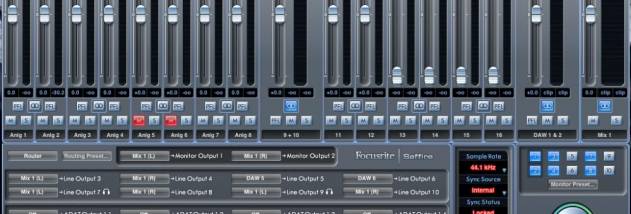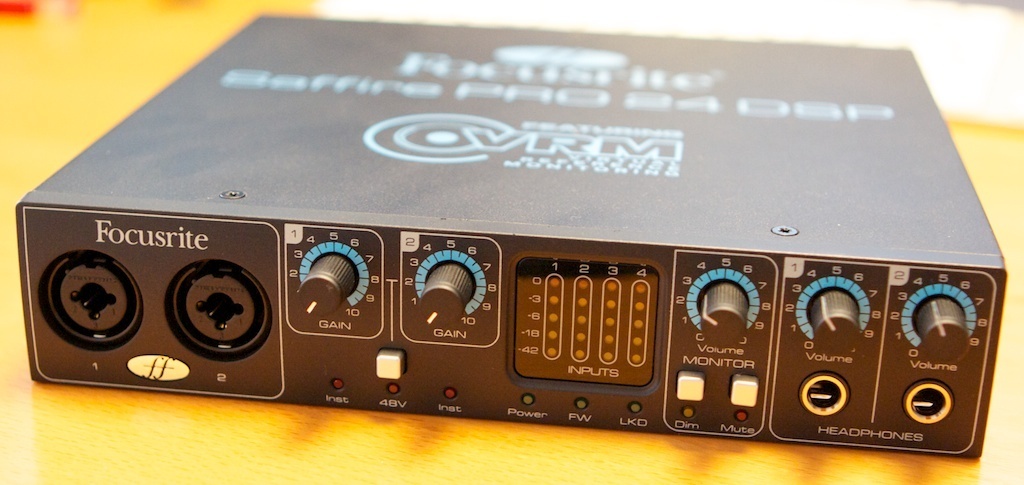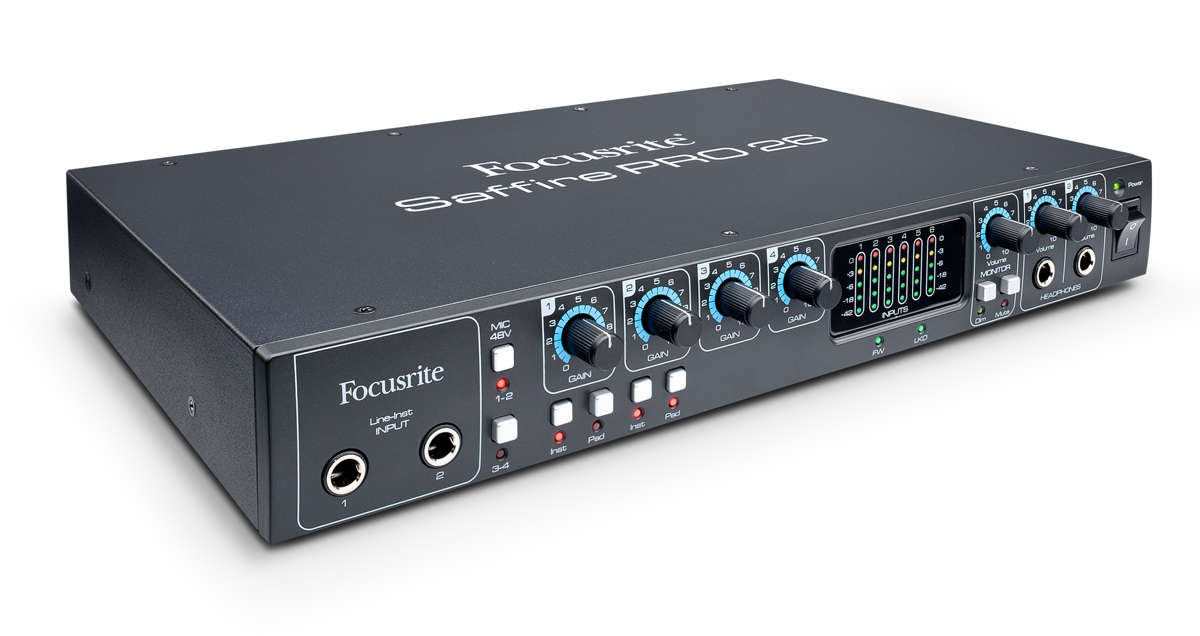

- ROUTE AUDIO TO HEADPHONES SAFFIRE MIXCONTROL DRIVER
- ROUTE AUDIO TO HEADPHONES SAFFIRE MIXCONTROL PRO

ROUTE AUDIO TO HEADPHONES SAFFIRE MIXCONTROL PRO
The Saffire Pro 40's Control software is where you can set‑up monitor mixes and manage your output routings. The routing and monitor sections have their own presets that can be stored independently of global settings. Bottom left is the output routing area, where you assign various sources to the Saffire's outputs, and to the right of that is a monitor control panel. The mixer can, as you'd expect, route inputs directly to outputs for low‑latency monitoring, but, unlike the original Saffire, there are no DSP effects, so if you want to give your talent a vocal reverb, you'll have to monitor via your recording software and put up with the latency. Across the top is a tabbed mixer page, where you set up the monitor mixes that can be distributed to various performers. There are three basic sections to the GUI, all of which appear on a single panel (see screen overleaf). The result is something that looks very slick and professional, and clearly harbours a great deal of power, but is not always intuitive in operation. This is the first Saffire model I've used, and judging by appearances, Focusrite seem to have made fairly extensive changes to the graphical user interface (GUI) of the Saffire Control utility. However, it takes rather longer for that feeling to go away when getting to grips with the control panel software. It takes its time to switch on when you operate the front‑panel power switch, but after a while you learn to stop thinking 'Shit, have I broken something?' before the green light appears.
ROUTE AUDIO TO HEADPHONES SAFFIRE MIXCONTROL DRIVER
The Pro 40's rear panel includes (from left to right) sockets for the built‑in power supply, coaxial S/PDIF I/O, MIDI I/O, Firewire, optical S/PDIF and ADAT, two analogue monitor outputs, eight analogue outputs and six jack/XLR inputs (the other two are found on the front of the unit).įor some reason, my Windows XP laptop wouldn't recognise the Saffire the first time I installed the driver software, but second time around everything worked fine.

Finally, unlike many competitors, the Saffire Pro 40 can only be used while connected to a computer: it doesn't function as a stand‑alone device. They are working on multi-unit support, but it's not yet clear what form this will take or when it will arrive. Focusrite initially told me that two Saffire Pro 40s could be used at the same time, but apparently this is not the case.

There's a dedicated pair of monitor outputs as well as the eight standard line outs, and a pair of 'loopback' inputs allows you to route audio from one audio application back into the Pro 40's mixer, to be recorded in another. Digital I/O is available in electrical and optical formats, but there's no word clock, and only a single pair of optical connectors - some interfaces have two pairs, giving you an extra 16 channels of possible I/O via ADAT. You can't bus‑power the unit, but there's an internal power supply that takes a standard IEC kettle lead. Hardware metering is superior to that on the M‑Audio or Presonus offerings, with a five‑LED 'ladder' display for each of the eight analogue inputs. These are summarised in the 'Vital Statistics' box, but it's worth drawing attention to a few features that set the Saffire Pro 40 apart from its competitors. The latest entrant into this market, Focusrite's Saffire Pro 40, retails at a mere £349 $499, yet offers what appears on paper to be an incredible set of features. And, what's more, prices have been tumbling. Products like Presonus's Firestudio, M‑Audio's Profire 2626 and Focusrite's Saffire 26I/O offer a mic preamp for each analogue input, along with sophisticated internal mixing functionality. In the last couple of years, however, we've seen a number of interfaces designed to make an additional mixer redundant. A mixer might also be needed if you wanted to set up multiple monitor mixes for different performers, allowing them all to hear themselves with no latency. Until recently, most multi‑channel audio interfaces offered mainly line‑level inputs, and if you wanted to record multiple mics simultaneously you'd need to add a mixer or preamp. The new audio interface from Focusrite offers an awful lot, for an awful lot less than you'd think.


 0 kommentar(er)
0 kommentar(er)
